Space
Sign up for our newsletter
We summarize the week's scientific breakthroughs every Thursday.
-
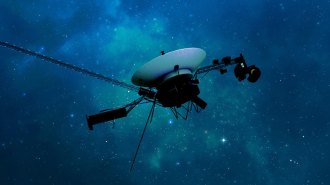 Space
Space‘Humanity’s spacecraft’ Voyager 1 is back online and still exploring
After five months of glitching, the venerable space probe contacted Earth and is continuing its interstellar mission billions of kilometers away.
By Ramin Skibba -
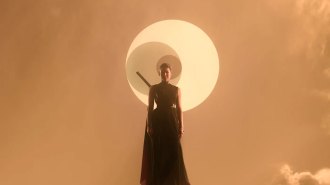 Physics
PhysicsSeparating science fact from fiction in Netflix’s ‘3 Body Problem’
Real science underpins much of the action in the show — along with a hefty dose of artistic liberty.
-
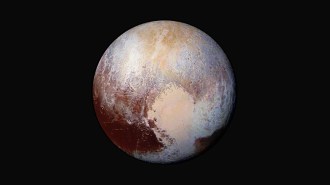 Planetary Science
Planetary SciencePluto’s heart-shaped basin might not hide an ocean after all
Planetary scientists propose an alternative theory to explain why Sputnik Planitia has stayed put across Pluto’s equator.
By Adam Mann -
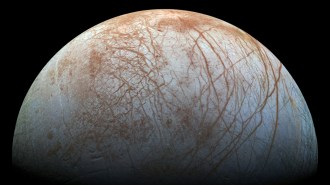 Planetary Science
Planetary ScienceOur picture of habitability on Europa, a top contender for hosting life, is changing
The moon of Jupiter is considered one of the most promising places to look for life, but its subsurface ocean may be less habitable than once thought.
By Nikk Ogasa -
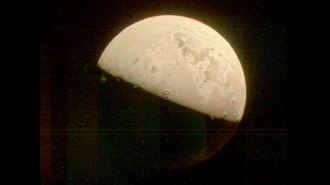 Planetary Science
Planetary ScienceJupiter’s moon Io may have been volcanically active ever since it was born
An analysis of the moon’s atmospheric composition suggests that it has been spewing sulfur for roughly 4.6 billion years.
By Nikk Ogasa -
 Space
Space50 years ago, scientists found a lunar rock nearly as old as the moon
Studies of such rocks continue to reveal secrets about the moon’s history.
-
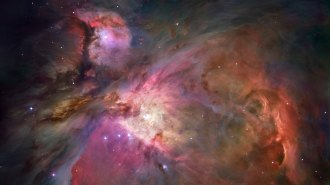 Space
SpaceHow a sugar acid crucial for life could have formed in interstellar clouds
Computer calculations and lab experiments have revealed a possible mechanism for the creation of glyceric acid, which has been seen in meteorites.
-
 Science & Society
Science & SocietyWhat Science News saw during the solar eclipse
Science News staffers took to different parts of the United States to take in the eclipse’s glow. Here’s a glimpse of what we saw during the 2024 event.
-
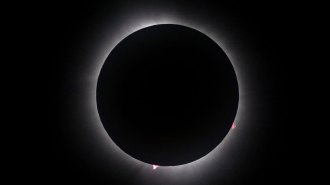 Space
SpaceDuring the awe of totality, scientists studied our planet’s reactions
Earth’s atmosphere was a big area of focus for scientists studying the total solar eclipse on April 8, 2024.
By Adam Mann -
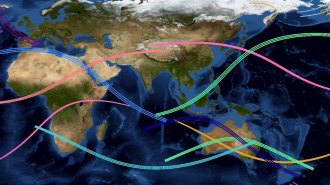 Space
SpaceExplore a map of the next 15 total solar eclipses
Check out our interactive map showing the path and timing for every total solar eclipse from 2024 to 2044.
-
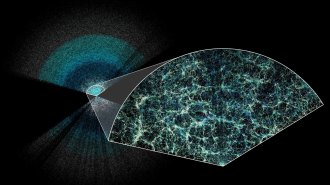 Cosmology
CosmologyThe largest 3-D map of the universe reveals hints of dark energy’s secrets
A year of data from DESI, the Dark Energy Spectroscopic Instrument, suggests that, contrary to expectations, dark energy might vary over time.
-
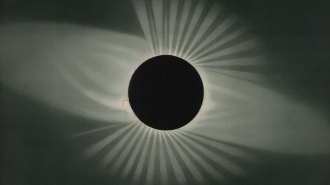 Astronomy
AstronomyHow a 19th century astronomer can help you watch the total solar eclipse
Astronomer Maria Mitchell’s observations of total solar eclipses from more than 100 years ago hold tips that are still relevant for watching an eclipse.